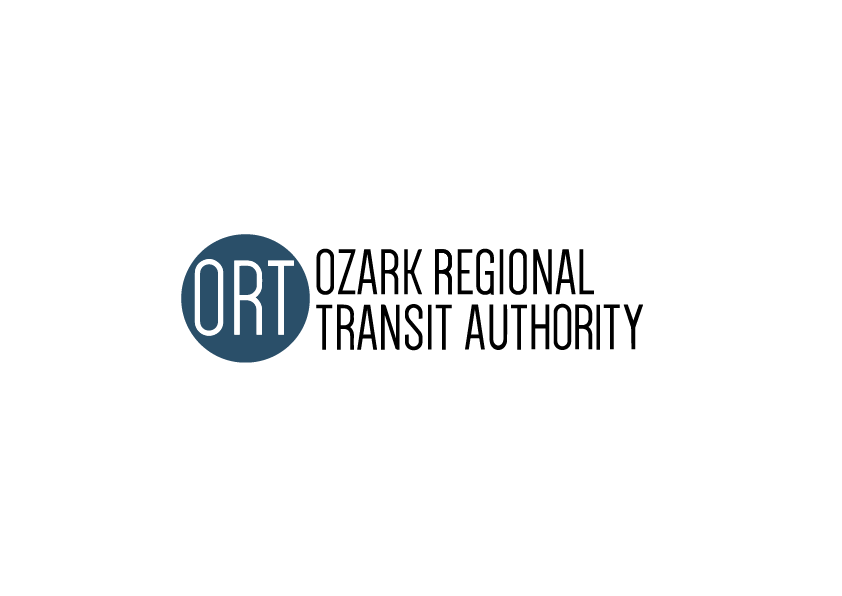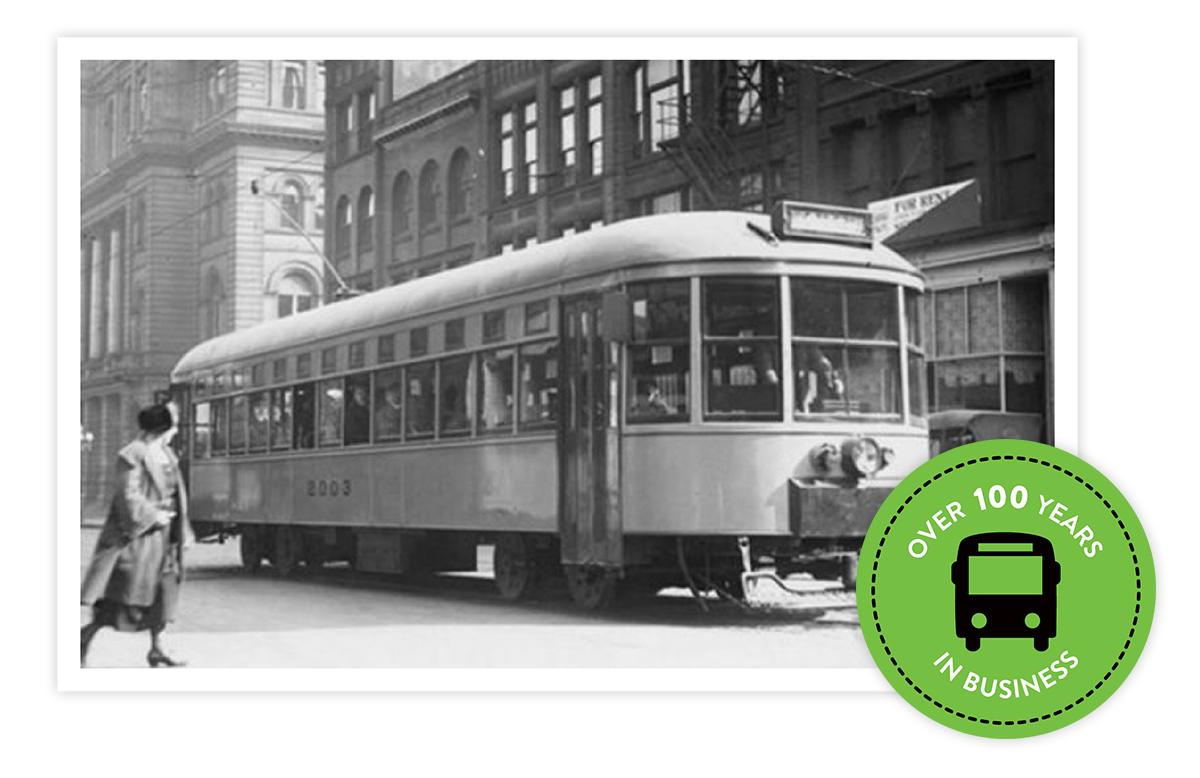Our
Expertise
With more than 100 years of service in transit advertising, we know what works (and what doesn’t). Our low-cost campaigns use repetition and ad recall strategies that guarantee to get you noticed.

Turnkey Revenue Program
How do transit systems benefit from partnering with Houck? We know that operating a successful transit advertising program is very time-consuming and labor-intensive. Railway and bus transit systems leverage our expertise and done-for-you campaign coordination services so they can solely focus on getting people where they need to go safely.
Business Development
Access Our Client Network
We connect transit systems with our massive network of advertisers to develop win-win relationships where everyone benefits.
Frequency
Ad repetition increases memory recall to engage your audience with your brand.
Revenue Boost
Seamless campaign coordination services allow transit systems to generate advertising income without added labor costs and overhead.
Business Development
Our experienced team handles client outreach, campaign consultations, and ad contracts to maximize your ROI.
Campaign Development
Strategic Campaign Planning
From targeted market analysis to creative execution, we ensure your advertisers get the most out of their investment.
Graphic Design
Our in-house creative design team produces high-quality results with fast turnaround times.
Ad Coordination
We handle ad deployment with printing and production for a hassle-free experience.
Fleet Services
Installation Coordination
End-to-end ad installation and coordination ensures quick and easy execution.
Performance and Revenue Monitoring
Our performance and revenue reporting allow you to see proof of installation, results, and opportunities for rapid growth.
Inventory Control Reporting
Transit ads are consistently monitored with updates and complete transparency on ad placements and availability.
Our Transit Partners

